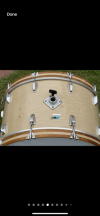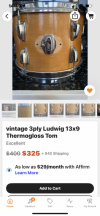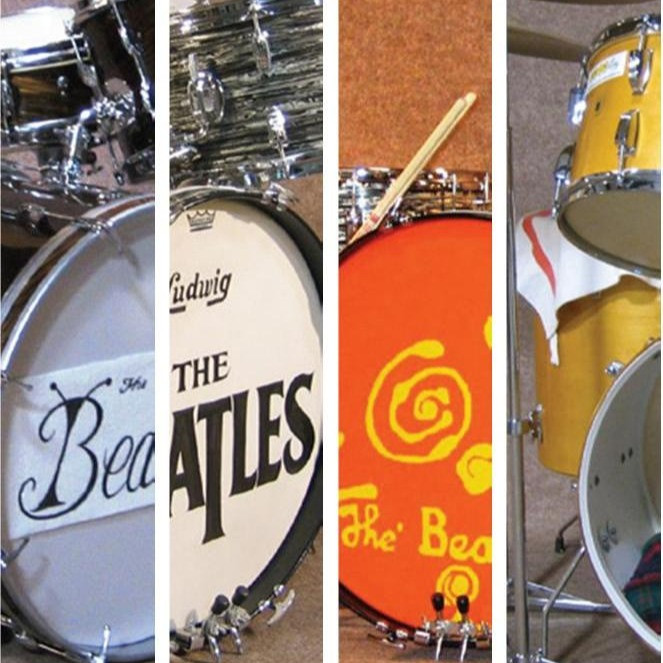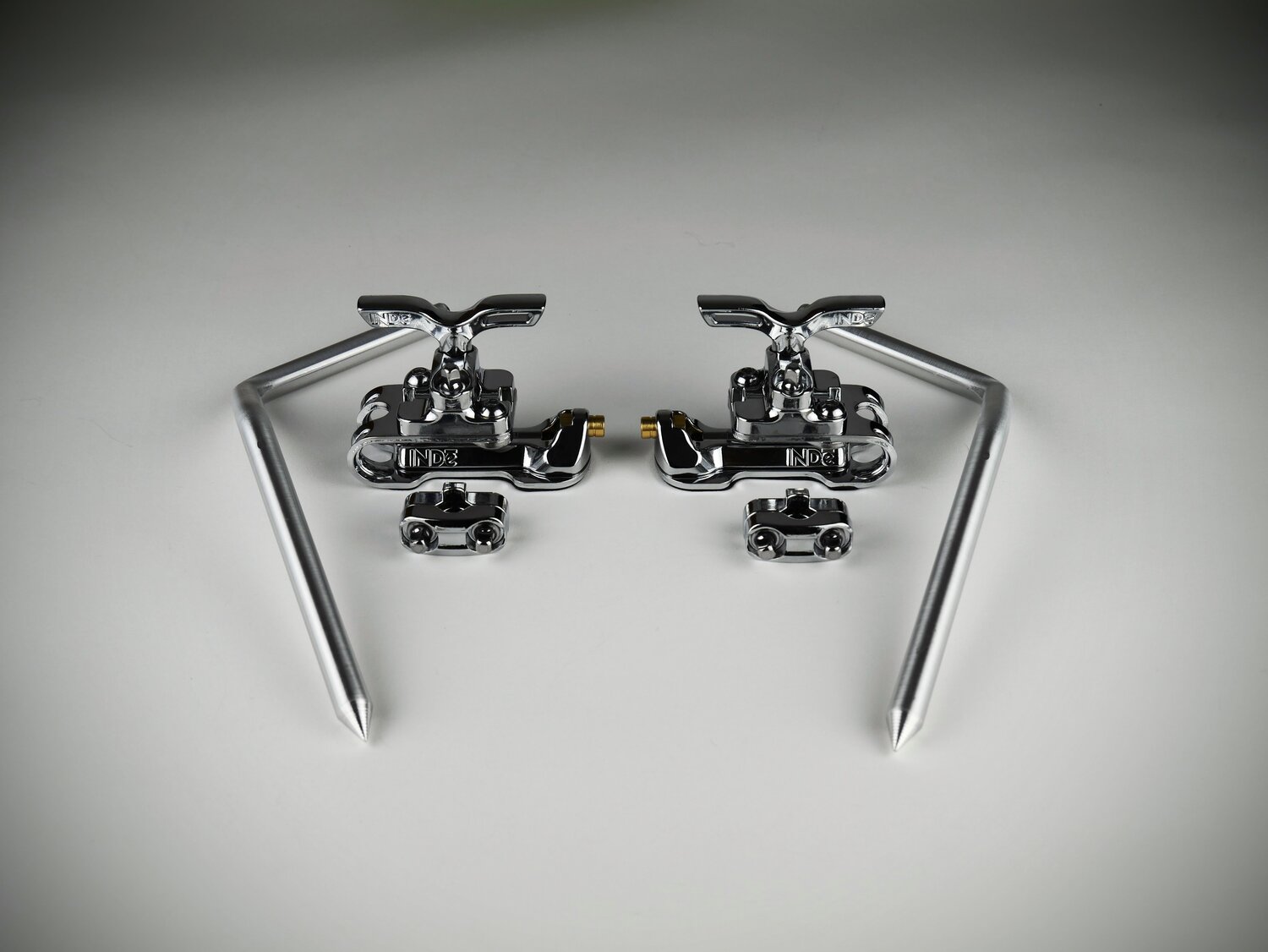I have seen postings in the past re: 60's Ludwig drum sets/individual drums that have either...
1) extra holes
OR
2) repainted white interiors
How much does each of these "issues" affect drum values ? Does one affect values more than the other?
Thanks....
I think the only blanket statement that could be made is that these factors DO decrease the value of the drum. The question is by how much? My answer is, it just depends on the severity of the mods and the desirability you have towards the kit or drum. If you hit it and it speaks to you, buy the dang thing. If it doesn't, put it back.
I'd be much more concerned about edges and roundness of the drums as opposed to extra holes and paint. However, I'm no collector; I play what I buy.
![[DFO] Drum Forum](https://www.drumforum.org/styles/drumforum/xenforo/logo.png)











